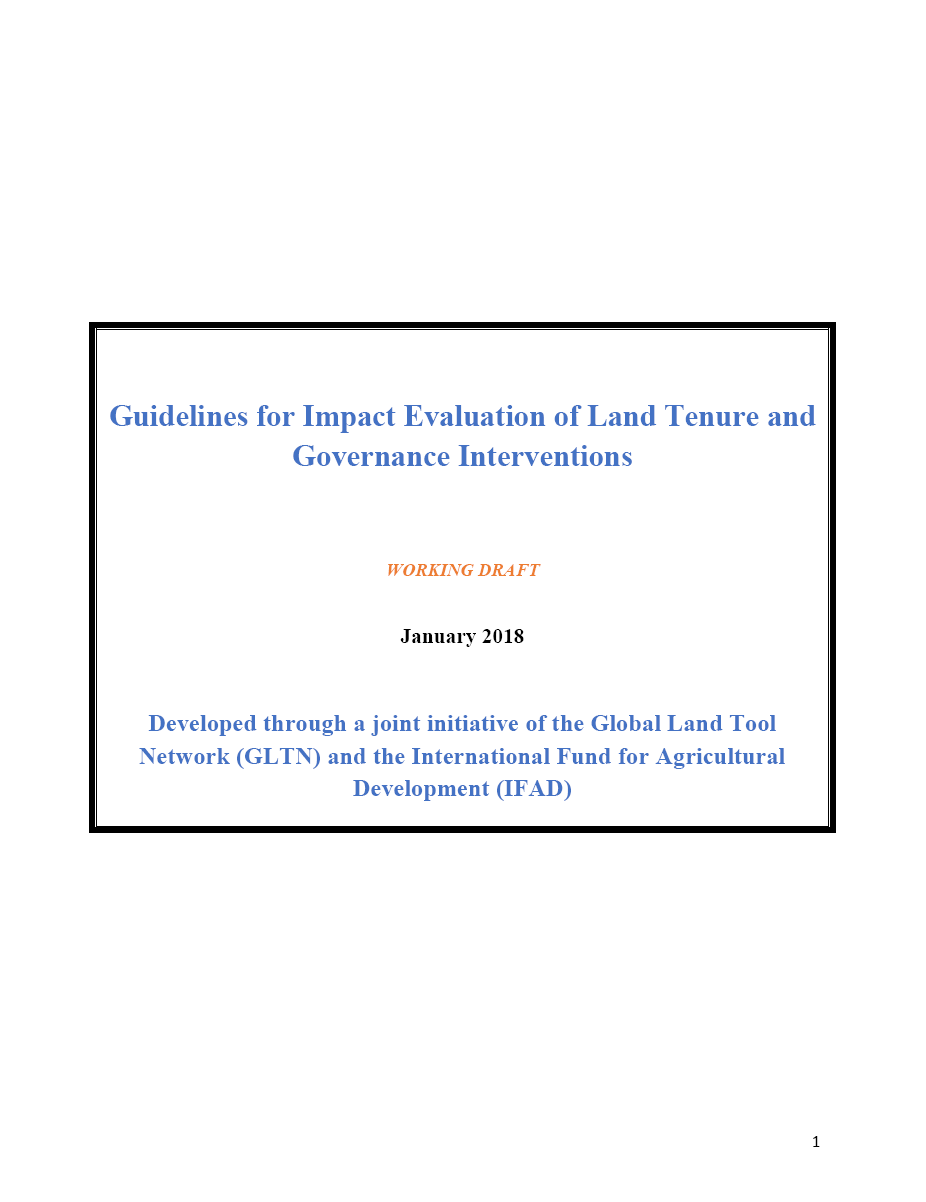RECLAIMING THE RIGHT TO RICE: FOOD SECURITY AND INTERNAL DISPLACEMENT IN EASTERN BURMA
TABLE OF CONTENTS:-
1. Food Security from a Rights-based Perspective;
2. Local Observations from the States and Divisions
of Eastern Burma:-
2.1 Tenasserim Division
(Committee for Internally Displaced Karen Persons);
2.2 Mon State (Mon Relief and Development Committee);
2.3 Karen State (Karen Human Rights Group)
2.4 Eastern Pegu Division (Karen Office of Relief and Development);
2.5 Karenni State (Karenni Social Welfare Committee);
2.6 Shan State (Shan Human Rights Foundation)...


